- Empty cart.
- Continue Shopping
Ndonge (Trichoscypha Acuminata)
Original price was: ₹3,850.00.₹2,320.00Current price is: ₹2,320.00.
Genus : Trichoscypha
Experience the exotic flavors of the Ndonge Fruit Plant. This tropical plant produces delectable Ndonge fruits that are bursting with a sweet and tangy taste. With its vibrant foliage and enticing fruits, the Ndonge Fruit Plant is a must-have for any fruit enthusiast or garden lover. Grow your own Ndonge Fruit Plant and elevate your garden with its tropical charm.
Ndonge, also known as Ricinodendron heudelotii, is a tropical fruit tree that is native to West and Central Africa. It is commonly grown for its nutritious and flavorful fruit, which is a staple food in many parts of the region.
The Ndonge tree is a large tree that can grow up to 50 meters tall, with a broad, spreading canopy. The leaves are large and leathery, and the flowers are small and yellow or cream-colored. The fruit of the Ndonge tree is roughly spherical and grows to about 6-10 cm in diameter. It has a hard, woody outer shell that must be cracked open to access the soft, fleshy pulp inside. The pulp is usually yellow or orange in color and has a sweet, nutty flavor.
The Ndonge plant is relatively easy to grow and maintain, and is well-adapted to tropical climates. It prefers well-drained soils and full sun exposure, and can be propagated from seeds or cuttings. The fruit is typically harvested when it is fully ripe, which is indicated by a slight softening of the flesh and a yellowing of the skin.
In addition to its culinary uses, the Ndonge fruit has a variety of traditional medicinal uses in West and Central Africa. The bark, leaves, and fruit have been used to treat a variety of ailments, including malaria, stomach problems, and skin infections.
Overall, the Ndonge fruit plant is an important cultural and culinary resource in West and Central Africa, valued for its nutritious and flavorful fruit, as well as its traditional medicinal uses. It is also gaining attention among fruit enthusiasts as a lesser-known tropical fruit with great potential for cultivation and commercialization.

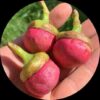
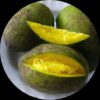

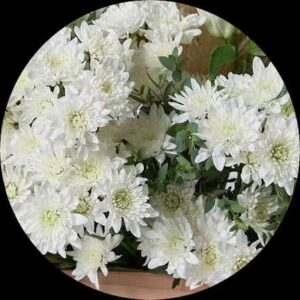

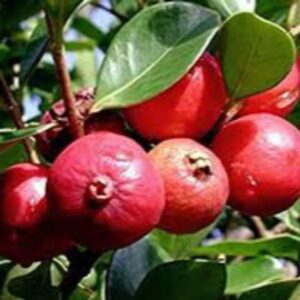
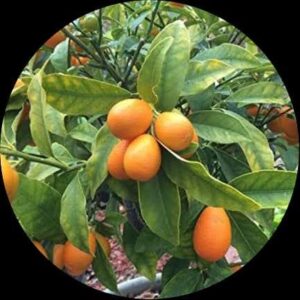

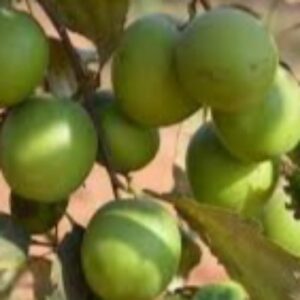



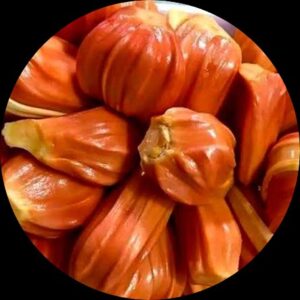
Reviews
There are no reviews yet.